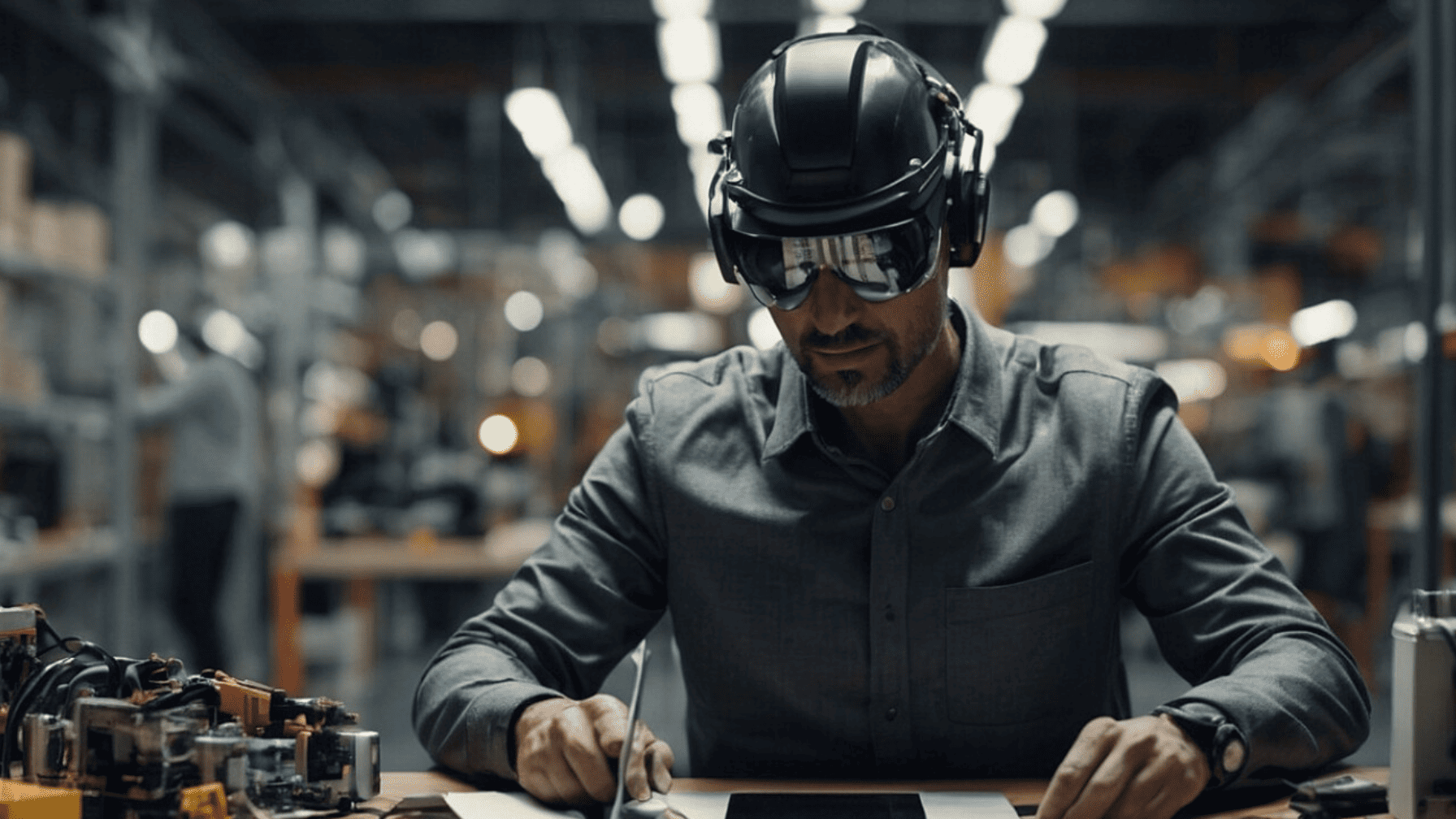Supply Chain Resilience 2.0: How AI and IoT Build Predictive Logistics
By 2025, supply chains will not be passive systems anymore that just respond to a disturbance; rather, they will be dynamic networks that in real time detects, predicts, and adjusts their behaviors. This is the new phase of resilience that the experts termed Resilience 2.0, which is a shift from the previous "react-and-recover" model to "sense, predict, and prevent." AI and IoT technologies will be the main drivers in logistics turning from a visibility problem to a decision-making ecosystem that not only keeps learning but also keeps rectifying itself, permanently.
According to Gartner, artificial intelligence is now a foundational component of modern supply chains rather than an optional enhancement. Leading enterprises are moving beyond visibility dashboards to create decision engines capable of simulating outcomes and executing actions automatically. The latest DHL Trend Radar also confirms this shift — AI and IoT together are now central to operational strategy across freight, retail, and manufacturing.
Why Now: The Volatility Premium
Global supply networks have been under a lot of pressure for years — with disruptions caused by pandemics, geopolitical tensions, extreme weather, and labor shortages as some of the factors. These shocks have demonstrated the importance of being able to adapt quickly: when there is volatility, agility is more important than scale.
Taking the fashion and DTC brands as an example, they are considering fulfillment design and returns orchestration as part of their brand equity.
Many invest in predictive analytics, local micro-warehouses, and real-time inventory systems to maintain customer trust. As Vogue Business notes, “supply chain resilience has become the new currency of brand reliability.”
From Visibility to Veracity and Velocity
The ability of AI to turn vast amounts of data from the Internet of Things (IoT) into reliable and valuable insights is what makes it the most important contributor. Information on temperature, humidity, time spent, and route efficiency are being collected by connected sensors on containers, trucks, and in warehouses. But, in the end, data authenticity — rather than quantity — is what determines the success of the process.
AI technology helps companies eliminate the irrelevant data, spot unusual patterns, and fill in the gaps in timeline events, thus enabling them to make decisions that are faster and more accurate. DHL points out that the usage of real-time analytics based on high-quality data has become the backbone of logistics which are truly resilient.
The next layer after the reliable data is speed. Predictive models are used to calculate estimated times of arrival (ETAs), find disruptions, and measure risk — but the future point of action has become prescribing. It is not only a case of systems forecasting delays, but they are also proposing re-routing or transloading and even pricing options automatically. As per Maersk, the customers are wanting more of such predictive tools to be able to manage tariff changes, port congestion and demand fluctuations more effectively.
Core Capabilities of Predictive Supply Chains
The top logistics providers in 2025 will be characterized by five interconnected and technology-driven capabilities that form the foundation of the predictive logistics community:
Predictive ETA and routing: Advanced AI and ML algorithms are used to evaluate several influencing factors such as vessel AIS data, the status of port queues, and the condition of weather along with the customs cycle to deliver the time of delivery and provide real-time recommendation of sending mitigation steps.
Demand sensing and inventory optimization: Generative AI combines POS data, promotional calendars, and social or weather trends to enhance the inventory distribution at multiple tiers.
Predictive maintenance: Internet of Things (IoT) sensors are employed to track the condition of main components such as cranes, conveyors, and reefers and to signal possible failures before they happen leading to reduced downtime and costs.
Autonomous exception management: AI agents keep track of the irregularities and activate the actions automatically — e.g., rebooking of shipments and informing partners.
AI co-pilots: Artificially intelligent assistants provide direct support to warehouse workers, drivers, and customer service employees by supplying them with real-time insights, translations, and workflow suggestions.
These combined capabilities help companies achieve measurable improvements in on-time delivery, inventory agility, and customer satisfaction — while reducing operational firefighting.
From Control Towers to Decision Towers
Traditional logistics operated through “control towers” — centralized hubs for monitoring shipments and manually resolving disruptions. Resilience 2.0 replaces that model with decision towers, built on streaming data and AI-driven policy engines.
IoT sensor data and enterprise system telemetry enter the predictive services — ETA forecasting, dwell analysis, risk scoring — and then get routed to automated policy execution. Though human operators are still part of the process, they deal with oversight and exception handling rather than going through the routine triage process.
Major supports are the event-driven architecture (instead of inflexible integrations), the common data definitions across the board, and the AI that explains itself and keeps track of all the automated decisions. TechRadar points out that the transition allows companies to transform their operations from reactive firefighting to proactive, data-driven orchestration.
Real-World Applications
Across industries, this transformation is already visible.
Fashion and specialty retail rely on predictive returns modeling and localized fulfillment to meet same-day delivery expectations.
Grocery and CPG companies use short-term demand sensing to avoid stockouts during promotions or weather fluctuations.
Ocean freight and 3PL providers deploy AI copilots to optimize routing, automate customer updates, and reduce administrative load.
DHL and Maersk both report that predictive analytics have become a key differentiator in client satisfaction, while Financial Times highlights AI copilots as one of the fastest-growing technologies in workforce enablement.
Risks and How to De-Risk Them
While AI and IoT unlock enormous potential, their adoption comes with risks that must be proactively managed:
-
-
- Model drift and overfitting: Implement champion/challenger models and continuous back-testing to ensure consistent performance.
- Opaque automation: Require clear reason codes, transparent logic, and human oversight for every automated action.
- Vendor lock-in and sprawl: Favor open interfaces and event-based architectures to maintain flexibility.
- Change fatigue: Engage frontline employees early in design and training to encourage adoption and reduce resistance.
-
These practices are already helping global logistics leaders balance innovation speed with governance and ethical responsibility.
Conclusion
Resilience 2.0 represents a shift from monitoring to mastering complexity.
With IoT delivering truthful signals, AI providing foresight, and automated policy engines ensuring fast, controlled responses, supply chains are evolving into adaptive systems capable of learning and improving continuously.
Companies that upgrade from dashboards to decision towers will not just see disruptions first — they’ll fix them fastest. In an era defined by uncertainty, predictive logistics powered by AI and IoT is the new competitive advantage.








